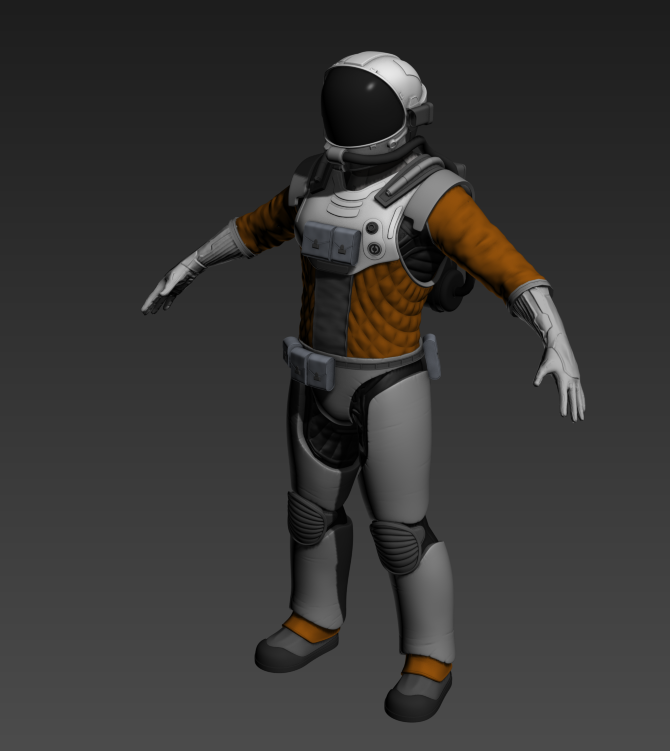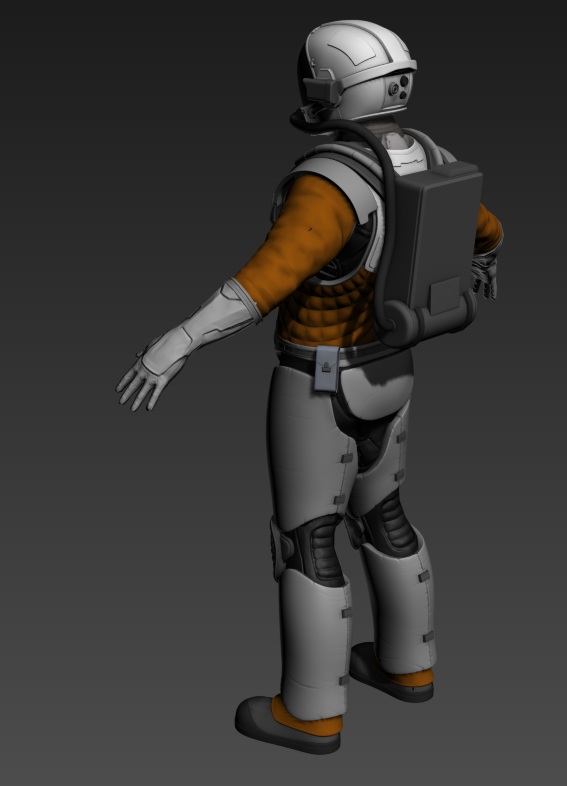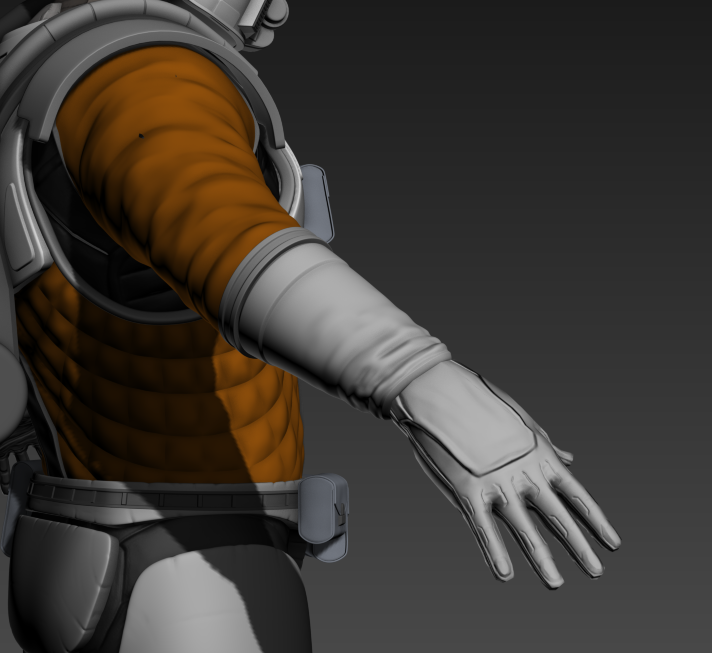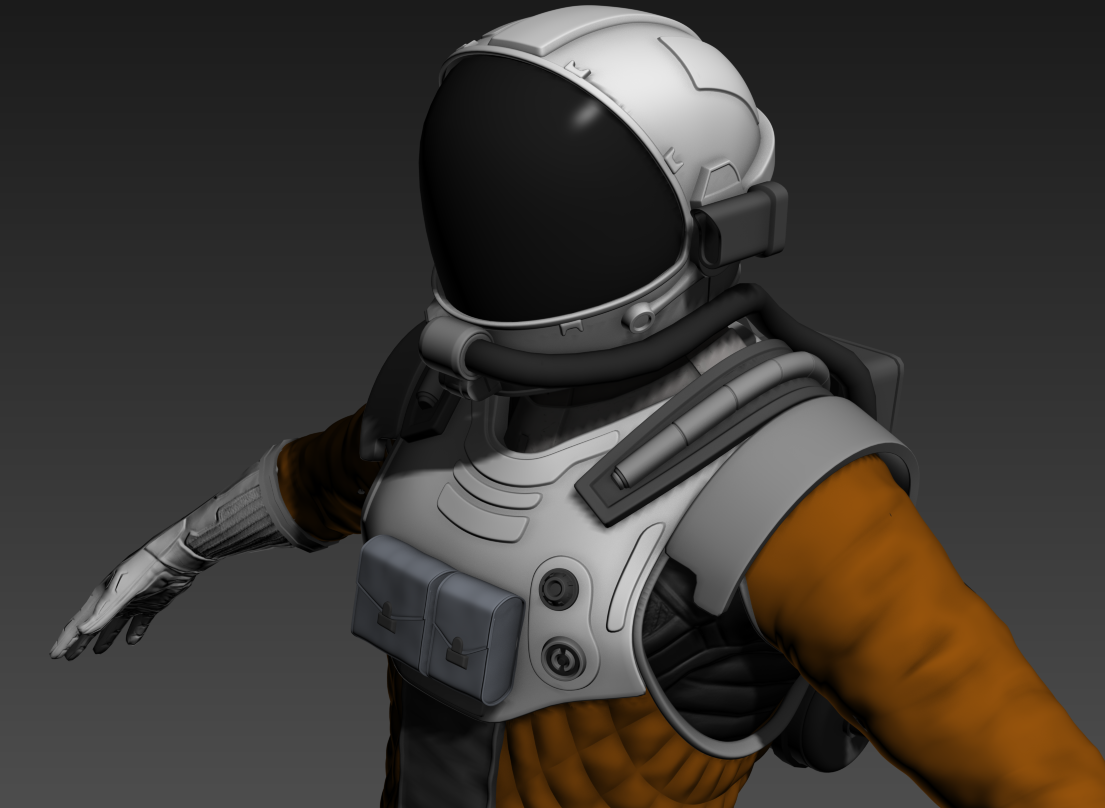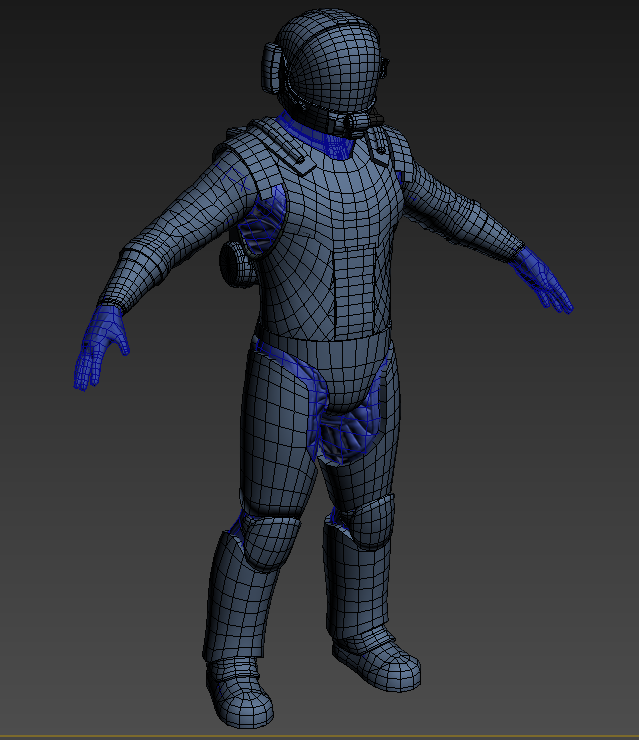The tabletop and board gaming community is thriving, with an ever-growing library of beautifully designed games that boast intricate components, stunning artwork, and sprawling play spaces. However, there’s a problem that surprisingly few are willing to address… It’s becoming increasingly clear that our community has a sustainability problem.
Oh no…
A significant driver of this issue is the “collector” mentality. Many players build massive collections of bespoke games, each housed in large, elaborately designed boxes. Yet, for all the excitement a new game generates, many of these boxes end up gathering dust after just a few play sessions. There’s always another shiny, new game on the horizon, and the cycle of consumption continues.
This trend not only impacts the environment through the manufacturing and shipping of heavy, resource-intensive products but also creates a lack of focus on replayability. The question we should be asking is: how can we as a community embrace sustainable practices while still fostering innovation and creativity in game design? When this topic does come up a lot of focus is put on “green” manufacturing processes and shipping efficiencies, but perhaps there’s another way…
A Shift Toward Reusable Components
One potential solution lies in designing games that make use of shared, reusable components. Dice, for example, are a staple in many games and don’t need to be unique to a single game to be effective or enjoyable. Expanding this idea could lead to a new wave of game designs that focus on modularity and reusability.
Imagine reusing the board from a classic game like chess. Chess is one of the oldest and most widely recognized games in the world, and its simple grid layout and versatile pieces offer endless design opportunities. By leveraging existing components, designers could create entirely new gaming experiences without the need for large, specialized production runs.
Exploring the Possibilities
What could this look like in practice? Let’s consider the potential for creating games that incorporate existing components in innovative ways. By reimagining how these components interact, we could design games that:
Encourage Replayability: Players could engage with the same set of components in different ways depending on the rules or scenarios introduced.
Reduce Environmental Impact: Fewer bespoke components mean less material waste and smaller carbon footprints.
Lower Costs: Games designed to use widely available or generic components could be sold at a lower price point, making tabletop gaming more accessible to a wider audience.
Save Space: Both on retail shelves and in our homes, board games take up a substantial amount of space. Smaller box sizes would allow us to be more efficient with our storage.
A Practical Example: Sylvan Tactics
This concept is at the heart of our game, Sylvan Tactics. It uses a standard chess board and all its pieces but transforms them into a new gaming experience with the addition of a small custom deck of cards.
In Sylvan Tactics, players utilize the familiar chess pieces as units in a strategic, card-driven battle. The game layers additional complexity and tactical decision-making onto the straightforward movement rules of chess. Each piece retains its iconic movement patterns, but their roles and abilities are determined by the cards players choose to play. This allows for deep, engaging gameplay without the need for expansive new components.
A box size comparison between a modern classic and a prototype of our game, Sylvan Tactics. Of course it’s not a completely fair comparison, because Sylvan Tactics also requires a chess board and pieces. But imagine if more games utilized shared components to save space and materials.
The result is a game that’s easy to learn yet rich in strategy, compact enough to fit into a small box, and inherently sustainable. By using the chess board and pieces many players already own, the game significantly reduces its environmental footprint while still offering a fresh and exciting experience.
Moving Toward a Sustainable Future
If we want the tabletop gaming community to thrive for generations to come, we need to rethink how games are designed, produced, and consumed. By focusing on shared components, modularity, and replayability, we can create a more sustainable future for our hobby.
Imagine a gaming ecosystem where a single set of components can unlock a world of possibilities. Let’s move away from the collector mentality and toward a culture of creativity, innovation, and sustainability. Sylvan Tactics is just one step in this direction—what steps will you take?
Together, we can build a future where every new game is not just another box on the shelf but a meaningful addition to the games we already love.
Follow us on Bluesky or Instagram to learn more about our upcoming game designed for sustainability, Sylvan Tactics.















